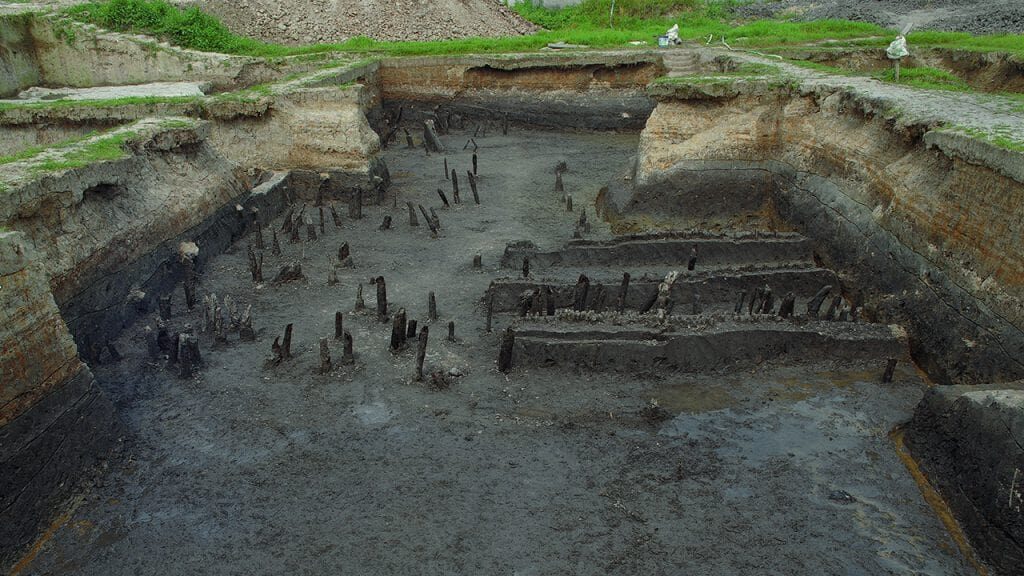5,000-yr-old house ruins found in central China
Archaeologists have excavated the ruins of house foundations dating back more than 5,000 years in the Yangshao Village site in central China’s Henan Province.
The house was once a large building with rammed earth walls that may have covered more than 130 square meters.
As per speculations, it belongs to the late Yangshao Culture period, said Li Shiwei from Henan Provincial Institute of Cultural Heritage and Archaeology, who is in charge of the excavation site.
“This is the first time that large house ruins have been discovered since the excavation of the Yangshao Village site in 1921.
The findings can provide new materials for studying the types, shapes, and building techniques of houses during the Yangshao Culture period,” Li said.
Archaeologists also unearthed four artificial trenches and a large number of cultural relics at the site, including a jade tomahawk that symbolizes military power.
The discoveries show that the settlement in the Yangshao period boasted a large population, prosperous development, and complete defense facilities, Li said, adding that it is of great significance for studying the complexity and civilization process in the Yellow River basin during the prehistoric period.
In 1921, the first excavation on the Yangshao Village site, which is in Mianchi County, Henan Province, marked the birth of modern Chinese archaeology.
Originating around the middle reaches of the Yellow River, the Yangshao Culture is considered an important stream of Chinese civilization and is widely known for its advanced pottery-making technology.
The fourth archaeological excavation on the Yangshao Village site began on Aug. 22, 2020, and is still in progress.
